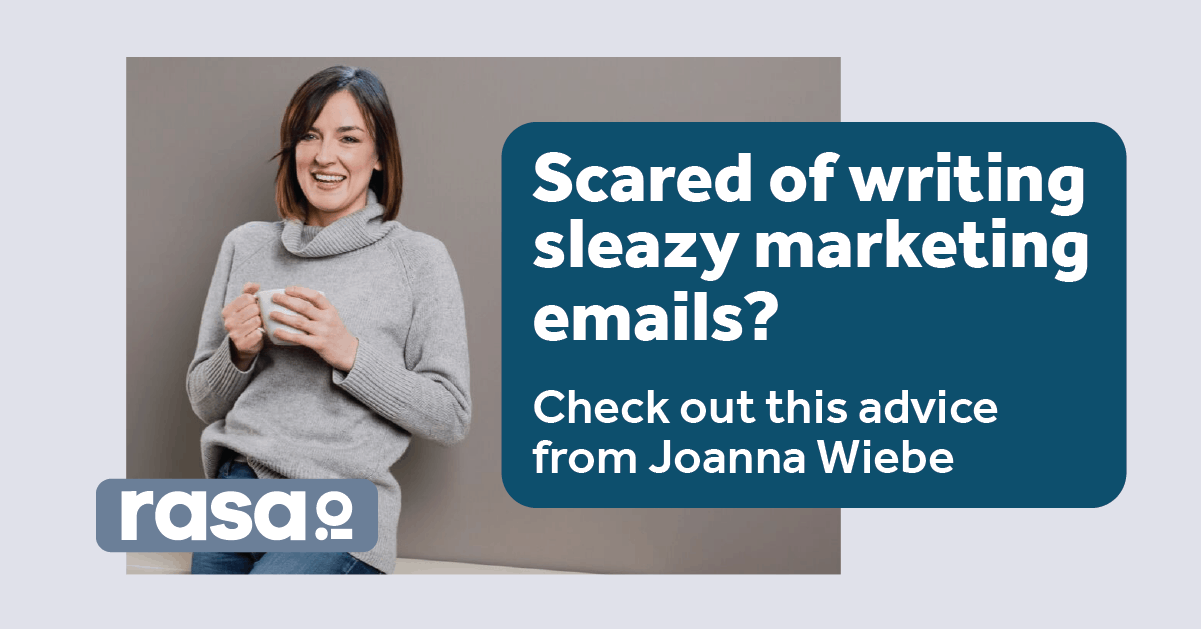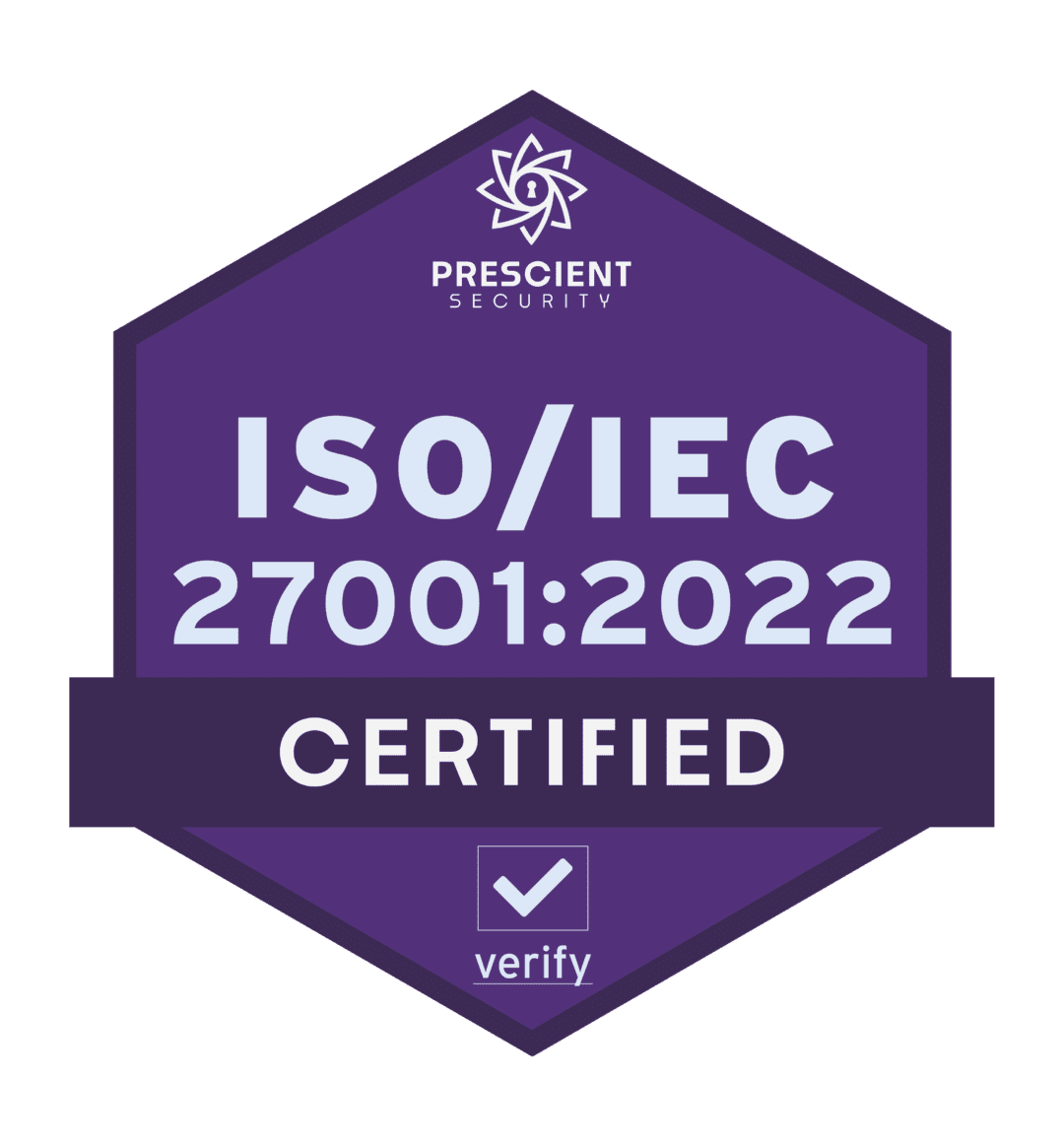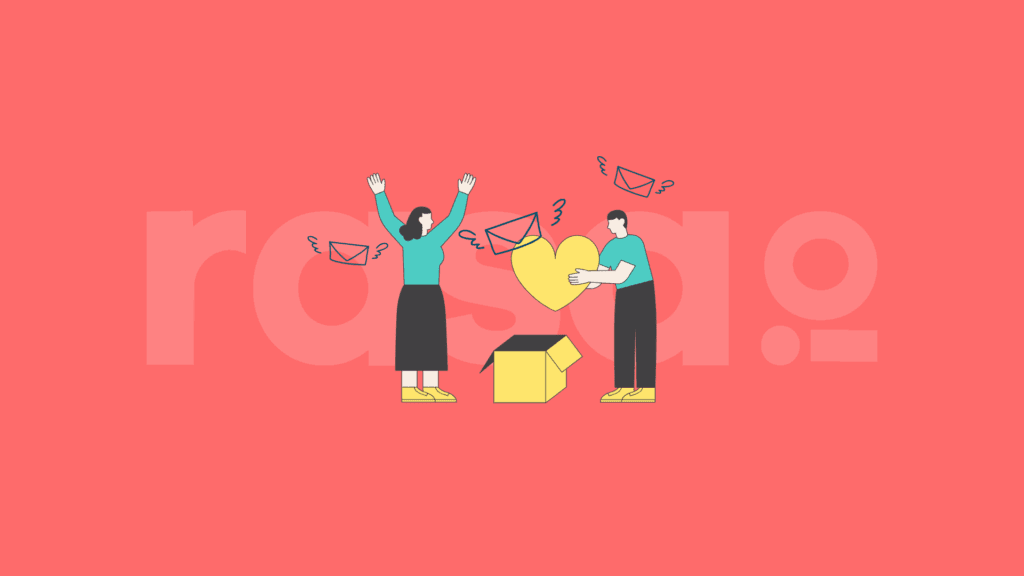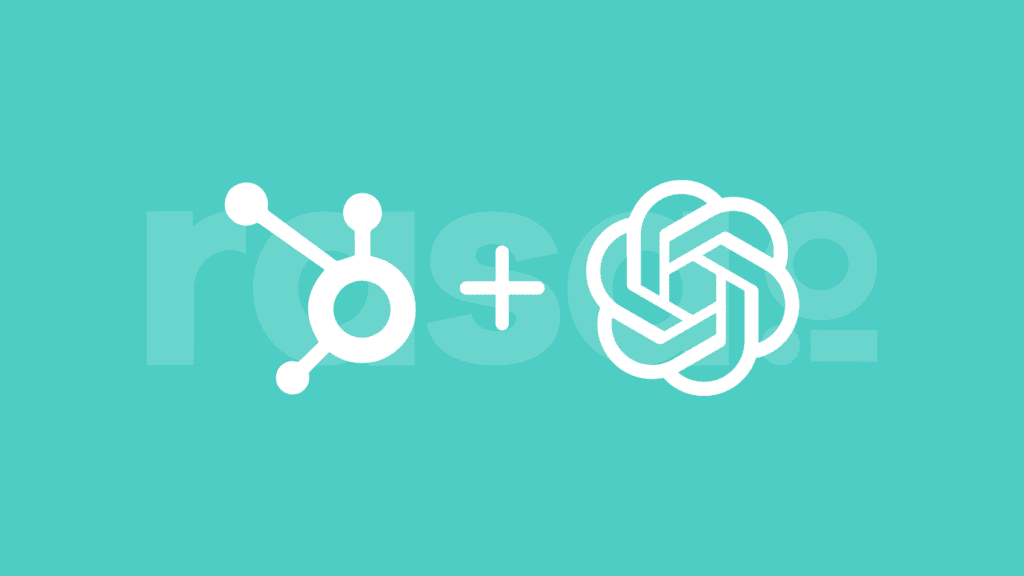The first step to writing great emails? Stop being afraid of being the “sleazy email marketer,” Joanna Wiebe says. It isn’t helping.
“The fear of being sleazy keeps so many marketers from doing breakthrough work,” she said.
Wiebe, founder of Copyhackers and a highly sought-after copywriter herself, shared her thoughts on writing, email marketing and authenticity with rasa.io’s Pushing Send podcast. She noted email copywriting has become the bulk of her firm’s business in recent years.
“We’re all in. Everything we do is email,” Wiebe said.
Why? Email marketing is a direct, one-on-one conversation with another person, which makes it an incredibly effective marketing tool, she said.
In her view, a great email isn’t a well-crafted sales pitch; it’s a story that helps the reader discover something they need or want.
“We’re talking about sending really nice relevant messages that connect this person who should be buying from you with the thing they should be buying from you,” Weibe said. “There’s nothing wrongt with that. That’s commerce.”
“That’s the world we live in. It’s what marketers exist to do,” Weibe added.
Here are Wiebe’s tips for avoiding sleazy emails.
Know who you’re writing for.
Before you start writing an email, think about the person on the receiving end, Wiebe recommends. Picture them in your head. Think about how they talk, their tone and the things they might say or find interesting.
Having a clear picture of who you are writing for is the key to unlocking the voice that will make your emails connect, Wiebe said.
“If you think you’re going to get away with writing an email that’s supposed to sell without you knowing who the person on the other end is… your email won’t sell,” she said.
Tell a story.
People like hearing stories. Approach your email like you would if you were sharing a story or experience with a friend, Wiebe said. For example, if you’re a shoe retailer, what is the story you’re trying to tell around a particular heel or walking shoe? Where does the customer want to go? Do they want to dance/run/walk/jump? Most importantly, how does it make them feel?
Wiebe noted a lot of marketers are uncomfortable with this concept. How do you craft a story for someone you barely know? She recommends listening and making note of interesting stories from customers who interact with and use what you’re selling. Are there common themes? What emotions, words and details made that customer’s experience interesting? Use those details to inform your writing, Wiebe said.
“Think about the qualities that made it interesting,” she added.
Be OK with a (really) rough draft.
Give yourself time to write and re-write multiple times over. Let go and “let stuff fall out of your hands, directly into the keyboard,” Wiebe said.
“Great, readable copy doesn’t happen on the first take. The first take is supposed to be ugly.”
She recommends writing out several versions of each sentence, and focusing on writing first, editing later.
Spend time on your first line.
The first line is the most important. And intimidating. It needs to hook the reader and relay what the email is about.
Wiebe recommends writing a straightforward sentence about the content of the email. Next, write a longer phrase that includes that original sentence at the end.
Keep writing until you find the hook that leads into the meat of the email, she said.
Remember your audience is made up of individuals.
The broader your perceptions of your audience, the harder it is to home in on those details that translate to a more authentic email, Wiebe said. Your customers aren’t a monolith, she added.
Segmenting your email campaigns is a good way to avoid the kind of general email marketing that falls flat, she said.
“That’s how things feel sleazy, when you’re making big generalizations about your audience,” Wiebe said.
Free download: The Straight Talk Guide to Content Curation
The Straight Talk Guide to Content Curation [Free Download]












